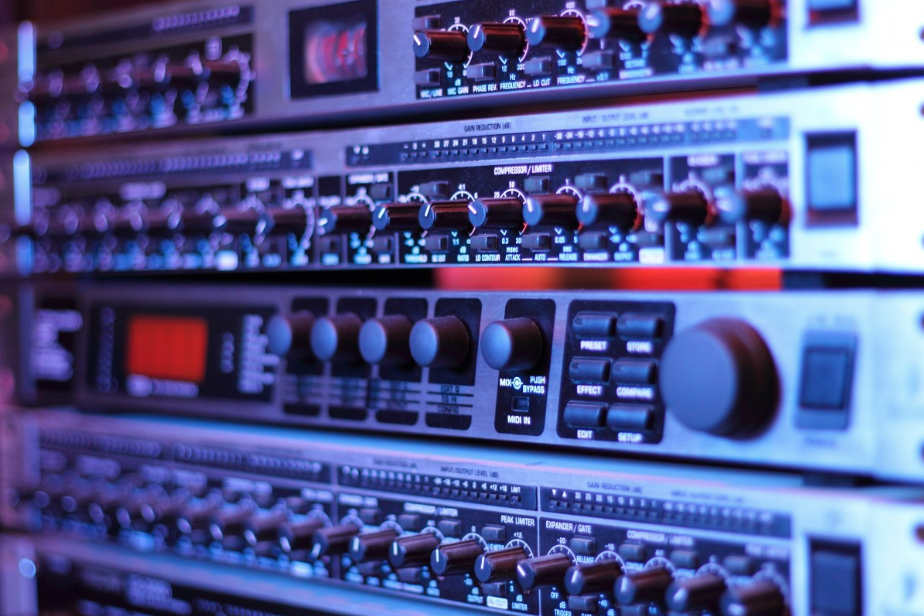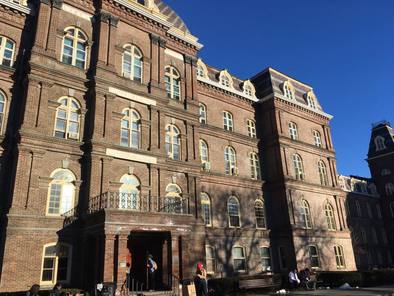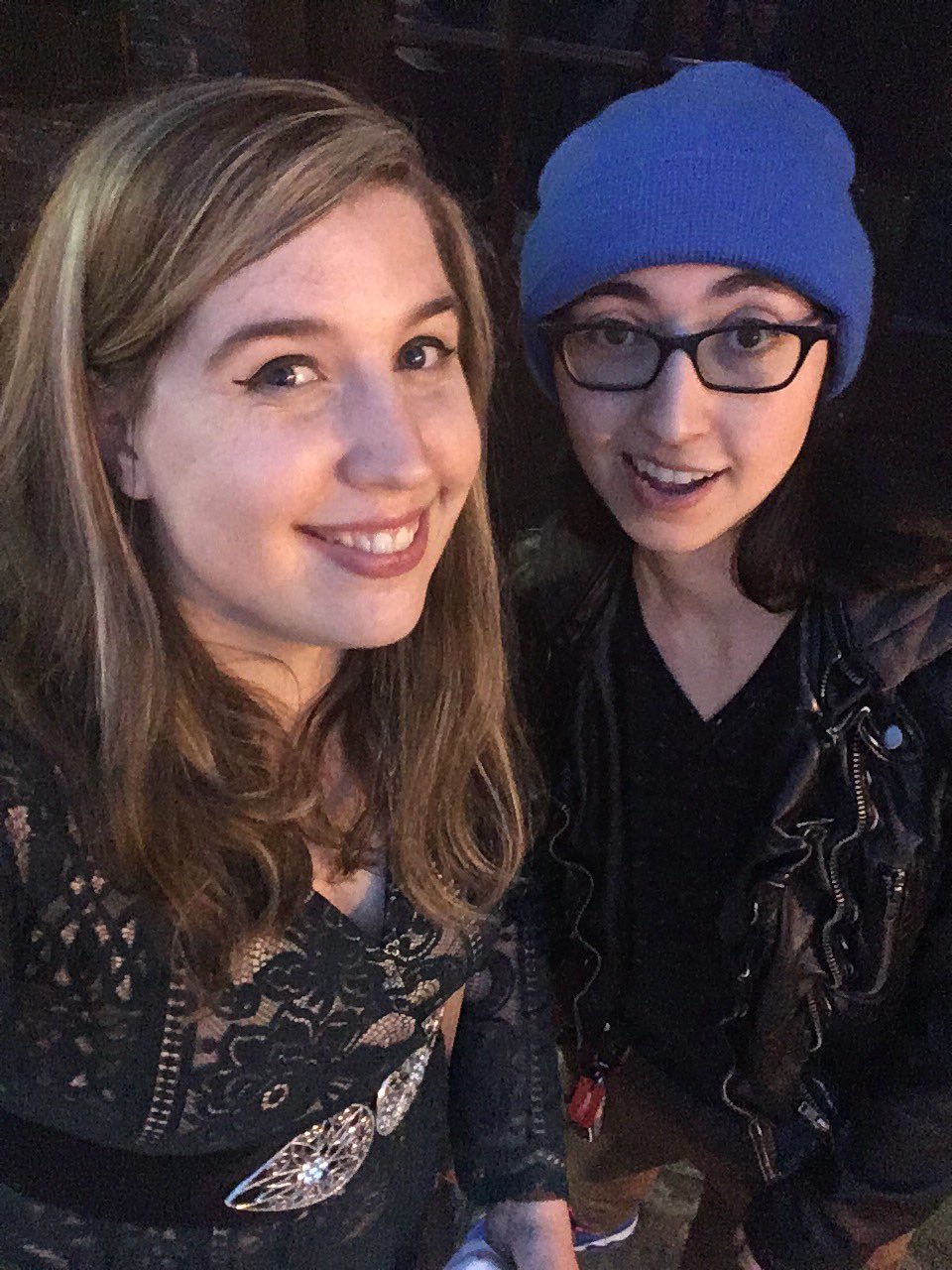|
More independent creators than ever are looking to add voice over to their latest project. As a voice actor, I love having so many new projects to audition for, but there are a few things I wish many of these calls would include - things that would help me prioritize specific calls and make the submission process easier overall. If you're thinking of holding auditions for your project and want to reach as many voice actors as possible, here's a few things I would be sure to consider! 1) Be Up Front with the Scope of Work
The scope of work is the first thing I look for in every single audition. Whether it's the number of hours of live recording to anticipate or a final word count per character, the scope of work tells me if I have the time to commit to your project and if the budget matches the amount of work expected. In the past, I have skipped over casting calls that do not include any description of the work because I don't know what kind of commitment I would be making if you were to cast me. I recommend including this for each character along with the bio and rate. It's okay if you are just casting for a pilot, demo, or Kickstarter sample just to get started. Still include the scope of what is expected for that demo or pilot, but also include how much you anticipate will be needed for the final product as well. Be clear about when you plan to record the rest of the voice over too, even if it's months or years off. (If your project scope is estimated in years, do be prepared for your actor's availability and rates to change over time.)
1 Comment
I've been voice acting professionally for the past ten years, but my experience has been less traditional compared to many of my peers. With only a few exceptions, I all but exclusively record myself from home. I buy my own equipment, record in whatever space I have access to, edit my own audio, and work directly with my clients.
Recently, the need for voice actors to record not just their auditions, but a finished product from home has been growing. Newcomers or those with a more traditional background in the field are not sure where to start, and I've been asked what I've done in the past. Answering that question is a little bit easier said than done. As my career has progressed and my needs changed, I've worked with roughly 3 different individual setups that did different things for me at various milestones. Looking back, I also know that if I invested in expensive equipment early on, I wouldn't have known how to use it and may have been overwhelmed by the challenges I eventually encountered. Because of this, my recommendations tend to vary depending on where a person is in their career, their budget, and their goals. Before writing up any kind of guide, I wanted to look back at where I came from and why I made the choices I did as I progressed. By writing this out, I hope it helps to provide context as to what my home recording journey looked like and how your's may evolve over time as well, regardless of when you're stepping in.
At the beginning of October, I purchased a vocal booth!
I hadn't planned on making this investment for at least another year, but all the right pieces fell into place. The booth was gently used and already available on the east coast. I even had the right amount of money set aside in my savings. All the stars were aligning and it seemed like the perfect step forward in my career. So I said yes!
Why StudioBricks?
StudioBricks has been on my radar since I saw an interview with a narrator for ACX about what her daily life was like narrating audiobooks. I was tremendously impressed by how comfortable and clean her recording booth and setup appeared, but it took me a while to find out who made such beautiful looking booths! I came across StudioBricks again when I was researching audio treatment solutions for my day job as a Learning Experience Designer. There were a few key factors that I wanted to apply to my personal recording solutions, as well as impart to my supervisor, that made StudioBricks stand out above other vocal booth models I'd seen so far.
Frequency
Before discussing equalization or compression, it's essential to understand what frequency is. Frequency is a fancy physics term that helps us describe what sound is and how it works. Sound moves in waves, and frequency has to do with what pitch you perceive when a sound wave moves at a specific speed. For example, low pitched sounds move in only a few longer waves, while high pitched sounds require hundreds and even thousands of waves. To describe the number of waves a pitch requires to move, you use the word frequency. A sound with a frequency of 100Hz means that the sound creates 100 waves per second. (Hz stands for "Hertz," the technical unit of measurement for the number of waves per second). You may know some specific frequencies off hand. For example, if you've ever heard an orchestra tuning their instruments to the same note, that note (A4) creates exactly 440 waves per second (440Hz.) If you were to sing that same note, your voice would also create a sound wave that moved at 440Hz. Most of the time, the sounds you hear are actually made up of multiple frequencies stacked up on top of each other. Depending on how an instrument, or even a person's body is shaped, a 440Hz sound will resonate through those shapes in unique and different ways, generating some extra sounds at different frequencies along the way. This is why every instrument that produces a 440Hz note won't sound the same - they resonate differently. This past weekend, I was able to visit New York for the first time! NoSuchCon, hosted by Vasser College, was gracious enough to invite me to attend as a guest, and I was able to sit on six different panels, two of which I hosted solo. I also got to meet up with several friends who were also guesting, and had my first excursion to Time Square. 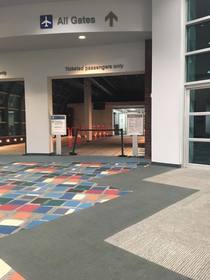 Friday morning, I left our tiny regional airport before the sun was even up. I was so paranoid about getting there on time, I actually arrived before security had opened. Fortunately both my arriving and return trips went off like clockwork, and I got to New York just before lunch. My friend Adam had already picked up our mutual friend Amber (the head of Sound Cadence Studios) and we drove the two hours up to Poughkeepsie, where we had enough time to throw our things into our hotel rooms before heading to the con for our first panel on Adam's animated web series, Shattered Heaven. We only had a few people show up - it was still during set up, and people were arriving - but we were able to answer some engaging questions as people poked their heads in. A few hours later, I presented my first solo panel on "The Eight Steps to being a Better Internet Professional." I'm amazed I was remotely coherent, considering I'd been up since 4am.
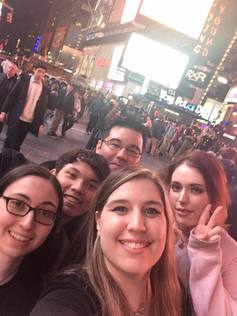 Sunday, I was able to join the writer's panel (which you can listen to here), hosted by fellow writer Thomm Quackenbush. There were a lot of great questions and topics to discuss, and it was a little surreal to be a panel member with the author of the first web comic I'd ever read as a high schooler. (It's called Bardsworth, go check it out!) We closed out our time at the con after lunch with a panel on Depression and Anxiety, which was heavy, but a really good discussion about how our experiences have made a difference in how we approach the creative process and our day to day lives. After thanking the con staff, we took a train down to the city for a few hours so I could see downtown New York for myself. I had Korean barbecue for the first time, and got to see the Public Library, Grand Central, and Time Square. I embraced the fact that I was being a complete tourist and took a stupid amount of pictures of the buildings and scenery around me. Bless my friends for watching and waiting when I was inevitably distracted. Overall, I had a wonderful first trip to New York. Despite being a small venue, No Such Con were wonderfully gracious hosts and the people I met were both friendly and generous. I wouldn't hesitate to go back again if I can!
|
Welcome!I primarily post tutorials and reviews related to recording voice over and editing audio from home. Thanks for visiting! Categories |

